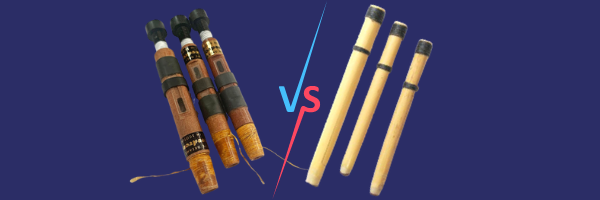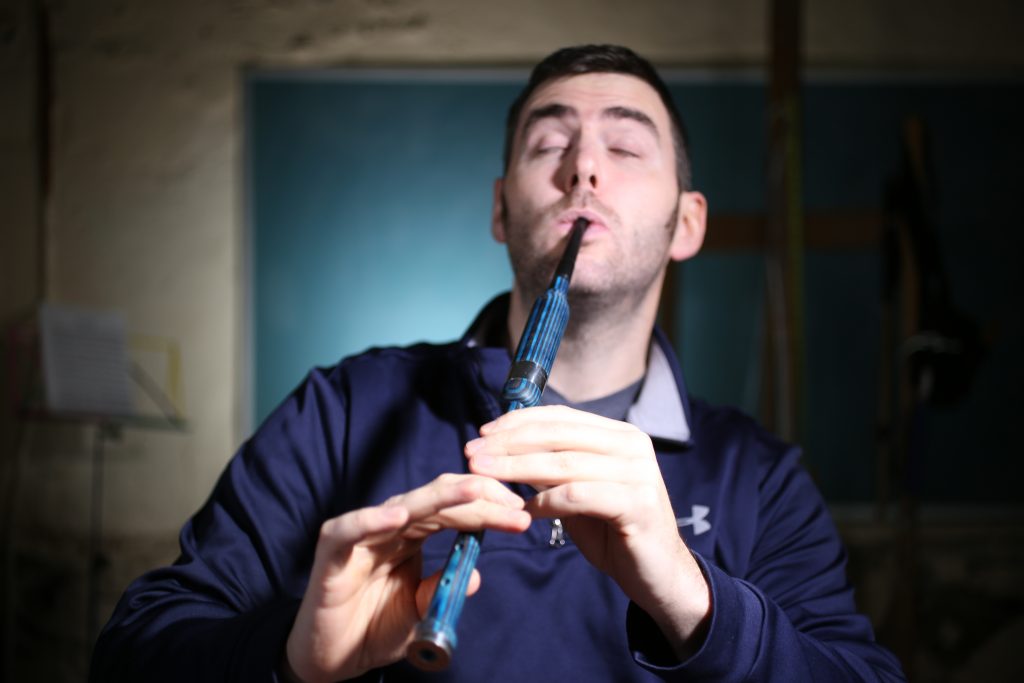Before the 4 Questions (of Bagpipe Maintenance)

"I'm not afraid of storms, for I'm learning how to sail my ship."
--Louisa May Alcott
What is bagpipe maintenance?
Bagpipe maintenance is the process of getting your bagpipes ready to play.
The goal of maintenance is to achieve 100% air-efficiency. In other words, we want to achieve a bagpipe setup where, upon blowing into the bag, not one molecule of air expended is wasted.
Bagpipe maintenance requires all sorts of tricky activities such as hemping joints, ensuring an air-tight bag, testing the chanter reed for strength, fixing blowpipe flapper valves, calibrating reeds, and more.
But there's an elephant in the room... fear.
Achieving a truly airtight bag isn't just down to one of these elements. It requires a combination of all of them.
However, many pipers are afraid to touch their pipes to do any of them, because they don't want to "mess anything up." They would rather wait until an experienced piper can "fix" their pipes for them, because they're scared to screw up.
But this won't work. We can't put off maintenance until later. We can't just "live with the problem" until we can hire an expert to do it for us. Bagpipes need regular, hands-on maintenance to even be viable as a musical instrument, let alone to sound good.
Every single time we pick the pipes up out of the box, they're going to need tweaks.
So what is there, really, to be afraid of?
If you have common sense – which most of us do if we slow down and take our time – it's pretty hard to do any lasting damage when you're fiddling with pieces of your pipes.
So what's there to fear, really?
Hemp is just string that you have to snugly wrap around the joints. Synthetic drone reeds (as long as you use common sense and don't touch the vibrating tongue of the reed) are extremely durable. Chanter reeds are definitely fragile, but if take things slow and don't touch the blades of the reed, what could really go wrong? Pipe bags (especially hide bags) seem a bit intimidating, but just keep sharp objects away from them; read the directions; use common sense. You've spent a lot of money on the pipes themselves, sure, but don't fret – African Blackwood was selected for the construction of your instrument because it's literally the most reliable, durable wood on the planet.
Perhaps your pipes are "currently working" and you're afraid of accidentally making a changes that throws this off. This makes sense, and it's a worthy fear. If it's not broke, you don't want to fix it right?
But, how do you know if it's "not broke?" That's going to require some investigation. What if your pipes could work better with some common-sense, easy tweaks? What if your pipes aren't working as well today as they were yesterday? What if you're tired of the status quo and want to sound better today than you did yesterday?
If the way forward was just one or two small maintenance tweaks, wouldn't you want to just do that instead of slogging forward, needlessly not improving?
Getting comfortable with getting comfortable
Therefore, before we can learn the specific techniques and thought processes behind bagpipe maintenance, we need to get comfortable with the idea of making changes to our instrument.
We need to be willing to dive in and get our hands dirty.
We need to be fearless.
When you're ready to take this leap forward with your piping, it's time to strip your bagpipes down to their basic parts and re-build them from scratch. It's the only way to develop the confidence you need to make all the necessary changes into the future.
What to do
If you are on your own: Completely strip your instrument down, fully disassembling it with the exception of removing the pipe bag. This means the drone cords come off, all of the hemp comes off. All of the reeds come off. All of the hemp comes off the reeds. Anything inside the bag comes out. Bag cover off, etc.
How do you do all of this "safely?" Well, a teacher can help guide you, but even without one it's not that complicated – just use the common sense rule, and take your time.
If you're not on your own: Take that pipe bag off too!
Once the bagpipe is completely disassembled, we'll rebuild it by ourselves, from scratch.
You'll want to have another experienced piper nearby to help you from time to time – but make sure you're doing all of this yourself and no one else is doing it for you. You need to personally experience the process, so you know what "right" looks like, and also what can go "wrong" too (in fact, that's usually where we learn the most!).
If you don't have an instructor nearby, that's where online materials, like the ones at Dojo U, can help you.
Get ready for our first ever "monthly theme"
In case you missed the announcement last week, we're excited to be kicking off our first ever "themed month" at Dojo U in just a few short weeks... From 3rd to 30th March, we're on a mission to make your bagpipes easy to play here at Dojo U, with workshops with Jack Lee and Richard Parkes, 10+ live classes a week dedicated to making your pipes easy, a workbook, and much more.
Let's end your instrument struggles together!
To get ready, check out this article for some tips on how you can make sure you're ready to hit the ground running when we get started.






Responses